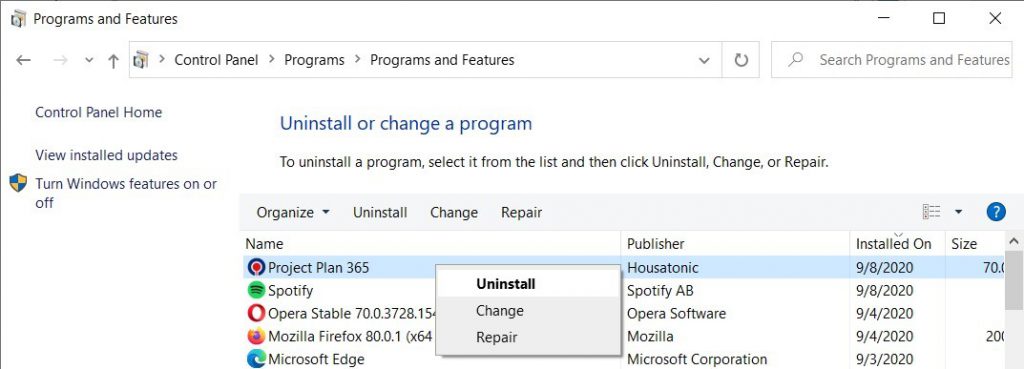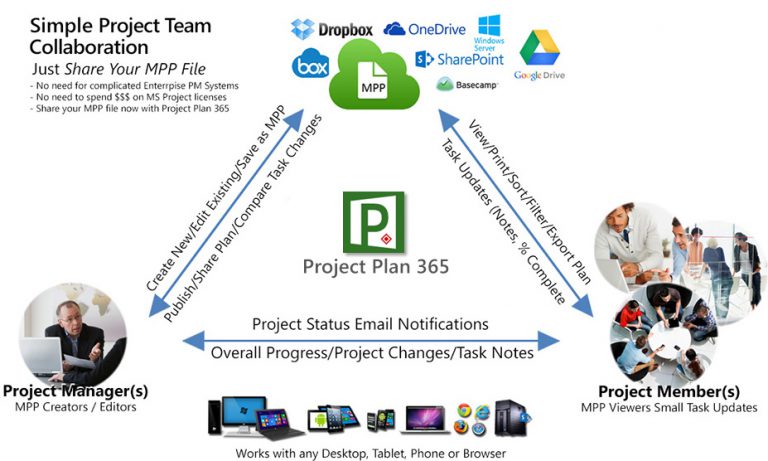


Of course, we want to identify and schedule the tasks after the next milestone too, but these we will develop (our understanding of them will improve) as we progress through the project and some of our more pressing activities are completed. It is only important that all the activities to get us to the next milestone are understood. The second of these is to realize that not every activity which makes up the entire project needs to be understood.The correct granularity to use will vary from project to project but a good starting point, if you’re new to project management, is to have tasks which take no longer than the week, and no less than half a day. The first of these is to what granularity should activities be specified? You don’t want to specify tasks which only take minutes to perform, and likewise, you can’t simply have a single activity called “Do Project”.There are a couple of nuances which often trip up new project managers: To complete this step we simply get all of the team together, agree on the definition of when the project deliverables are complete (this will correspond to the acceptance criteria in your Project Scope Statement), and then as a group list all the activities that need to be done in order to achieve all those criteria. Here we’re going to brainstorm all the activities that need to be done in order for the work to be completed. This technique works best for smaller projects. In this project plan example, we’re going to look at two ways to identify your tasks, one is a simple and quick way to identify the activities and the other is a much more formal way.

There are multiple ways in which you can define the tasks (also known as activities in project management parlance) to be done.
#Project plan 365 install how to#
So with that let’s dive into the first step of how to plan a project: defining the tasks. In order to show you how to plan a project, we’re going walk you through the following steps: Once these are both approved by the Project Sponsor in consultation with the steering committee, we’re ready to begin the process of planning the project. There are some steps you’ll need to take first, including the creation of the Project Charter and Project Scope Statement. If you are managing your own project then you don’t just go from being assigned a project to manage, straight to creating the plan. When we’ve completed the example you’ll understand everything you need so you’ll know how to plan a project from start to finish. We’ll start by defining the deliverables and finish with optimizing our plan so as it is efficient as possible. In this article, we’re going to show you how to plan a project by creating a complete project plan example from scratch, for a project to move a company out of their existing offices and into new premises.


 0 kommentar(er)
0 kommentar(er)
